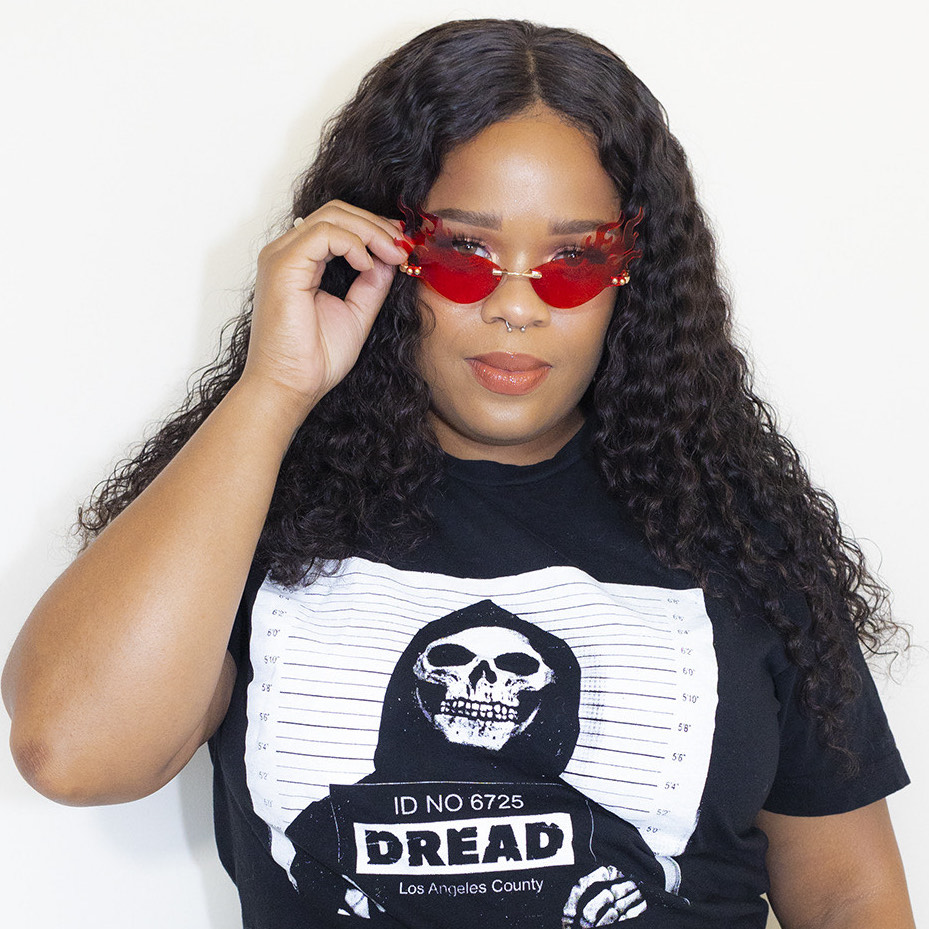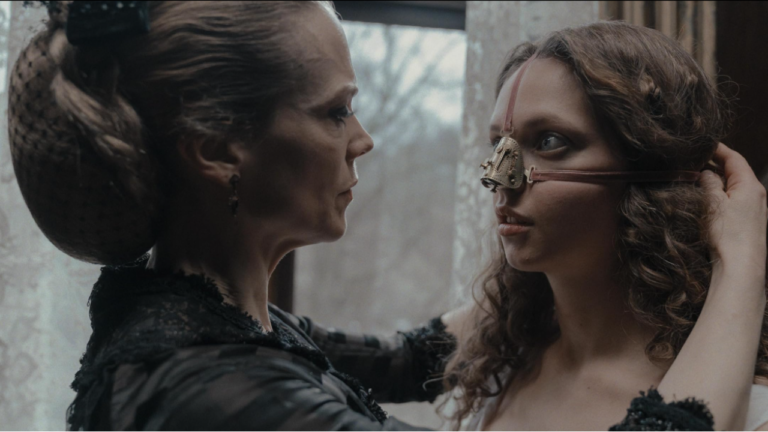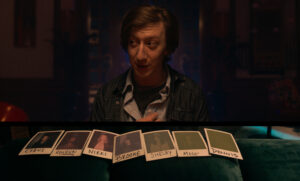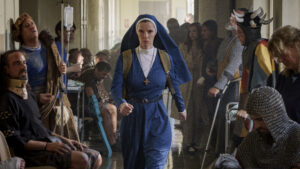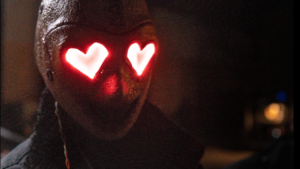The Ugly Stepsister was a pleasant surprise! I didn’t initially have it on my schedule, but when a horror homie (Angel Melanson) vouched for it, I knew I couldn’t miss it. So, I snagged a spot in the theater with other friends who had heard the good word about the film and buckled in for the ride. The Ugly Stepsister is a dark and twisted retelling of the classic fairytale Cinderella. However, the focus is on Elvira, one of the stepsisters, as she squeezes herself into a rigid definition of beauty.
It Gets ‘Grimm’
Her painful journey is exacerbated by the competition between her and her stepsister. I love how this film steps back so the audience can get a wider look at how this Cinderella story came to be. It gave me a missing perspective that I didn’t know I needed. I highly recommend it if you are a fan of dark fairytales and body horror. It’s not for the children though—we see dong. Let’s dig into the deets.
The performances, the set design, and the costumes completely pull you into a “long, long ago” landscape and keep you there. The story starts and immediately begins to shed light on the context of this Cinderella story. I don’t often revisit fairytales because I never fully got into them as a child unless they were grim (or Grimm). Plus, I found Chucky early on and went the horror route.
A Family Affair
I had never considered who Cinderella, Agnes in this version, was before her well-known plight. We see the relationship between the stepmother, Rebekkah (Ane Dahl Torp), and her daughters, Elvira (Lea Myren) and Alma (Flo Flagerli). We even get a flash of Agnes’ (Thea Sofi Loch Næss) life and family before Rebekkah becomes the head of the family. Agnes’ beauty is seen as something to be achieved from the start. The sun shines brightly on her face, and the wind blows gracefully through her hair.
Meanwhile, Elvira is seen as ugly and gawky (she even has old-timey braces, which is the cherry on top). There is a clear line between who is beautiful and who is not. Beauty is currency. Beauty is insurance—even if it’s flimsy. Those who don’t have it are shifted to the shadows. The Ugly Stepsister displays this unpleasant truth and what people are willing to do for beauty, especially when competition (even unfair) is encouraged. Elvira strives to be beautiful by sacrificing bone and blood.
Beauty Is Body Horror
The practical effects complement the body horror. The camera keeps rolling as bones are broken or protruding unnaturally. I cannot unsee the image of the feet scene (you’ll know when you get there). The gory parts are sure to disgust audiences. However, the scenes may also provide a connection with how we see ourselves. What would we be willing to do in the same situation, under the same pressure? While many viewers may not see themselves going as far as Elvira, at the very least, they have felt some of the same insecurities. Right before the screening, the director, Emilie Blichfeldt, said, “ There’s a little ugly stepsister in all of us,” and it rings true.
I never thought I would relate to (or empathize with) the ugly stepsister in the story. I already had a preconceived notion that she was a straight-up villain. It might be easier to become a villain than one might think with the wrong influence. Some characters fight against the beauty standard, which is easier if you’re already pretty. Alma’s stance on the events happening around her can be felt through her absence. It’s a game she does not want to play, no matter the “prize”. The male characters are disgusting, which is unexpected for this tale. The “Prince Charming” character is usually endearing (at least according to the books). The men have so much to say about beauty but have no pressure to be beautiful in the way the women are. It’s a sharp look at our society and we could use more of those.
The Ugly Stepsister is a great time and the dose of bitter medicine we need. The humor is the spoonful of sugar that helps it go down.
